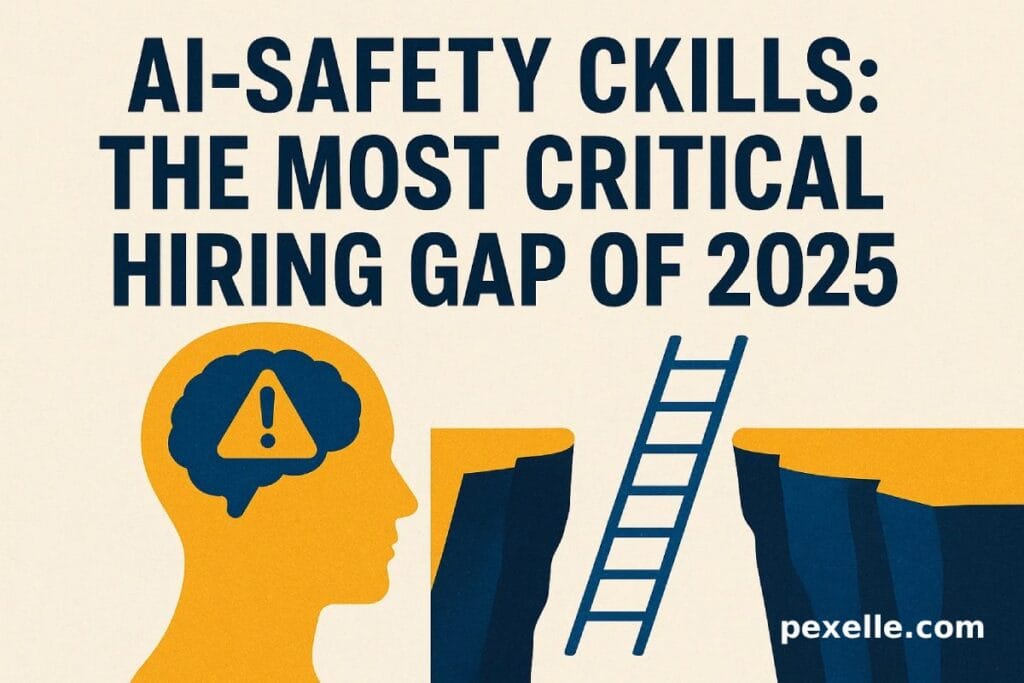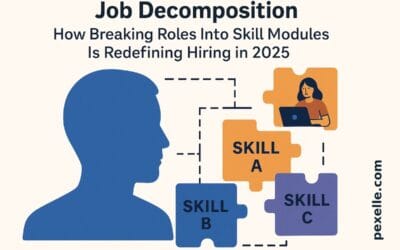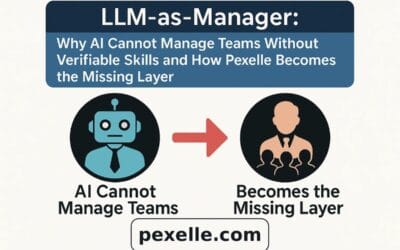AI-Safety Skills: The Most Critical Hiring Gap of 2025

Why companies urgently need professionals who can keep AI systems safe and how AI Safety Micro-Skills redefine modern talent
1. The New Hiring Crisis: AI Is Everywhere, But Safe Usage Isn’t
By 2025, companies across every industry have deployed LLMs, autonomous agents, and AI copilots into their workflows.
But here’s the problem:
Most teams don’t know how to use AI safely.
The risk is no longer futuristic it’s happening daily:
- confidential data leaking into model prompts
- employees pasting private codebases into public chatbots
- prompt injection attacks bypassing system rules
- hallucinated answers causing business failures
- unsafe autonomous actions taken by AI agents
- employees unable to evaluate incorrect outputs
AI adoption has moved extremely fast.
AI safety skills haven’t.
This created one of the biggest hiring gaps of 2025.
2. What AI Safety Actually Means (and What It Doesn’t)
AI Safety isn’t just about alignment research or preventing AGI doom scenarios.
Those are long-term concerns.
AI Safety in industry is practical, operational, and immediate:
- preventing data leakage
- preventing malicious prompt injection
- preventing model misuse
- preventing hallucination-based decisions
- preventing unauthorized model access
- preventing unreliable automation
- ensuring responsible, documented AI usage
Companies want people who can use AI without breaking systems, breaking rules, or breaking security.
3. Why Companies Are Now Hiring AI Safety Specialists
Three pressures created this hiring boom:
A) Legal & Regulatory Pressure
Countries now enforce:
- AI usage documentation
- risk classifications
- privacy constraints
- auditability requirements
- safety protocols
Teams need people who can comply with laws.
B) Security Threats
Prompt injection and model exploitation are now one of the easiest cyberattacks.
A junior engineer can accidentally expose:
- API keys
- customer data
- source code
- internal strategy
One wrong prompt = instant breach.
C) Product Reliability
AI makes mistakes.
Companies need staff who can detect them before they cause:
- financial losses
- operational errors
- compliance failures
- customer harm
AI Safety Skills are no longer optional.
4. The Missing Piece: A Structured AI Safety Skills Track
Right now, AI Safety skills are undefined, fragmented, and not standardized.
Companies ask for:
- “AI Safety Specialist”
- “AI Governance Lead”
- “LLM Security Engineer”
- “AI Risk Analyst”
… but nobody knows what micro-skills these roles require.
This is exactly why the market needs an AI Safety Micro-Skills Track.
5. Defining the “AI Safety Micro-Skills Track”
Below is a structured track of micro-skills companies actually need practical, verifiable, and teachable.
AI Safety Micro-Skills (12 Core Units)
1. Prompt Injection Defense
🔹 Detecting malicious intent
🔹 Red-teaming prompts
🔹 Designing robust system prompts
🔹 Testing jailbreak attempts
2. Data Leakage Prevention
🔹 Identifying risky inputs
🔹 Using anonymization
🔹 Restricting sensitive content
🔹 Safe context window usage
3. Hallucination Detection & Evaluation
🔹 Fact-checking LLM output
🔹 Using verification models
🔹 Setting up reliability tests
🔹 Defining hallucination risk scores
4. AI Output Quality Assurance (AI-QA)
🔹 Evaluating correctness
🔹 Evaluating reasoning
🔹 Evaluating bias
🔹 Measuring uncertainty
5. Safe Automation & Agent Control
🔹 Defining agent boundaries
🔹 Action-limiting protocols
🔹 Approval loops
🔹 Tool-use safety rules
6. Secure Model Integration
🔹 API key management
🔹 Safe embedding of LLMs into apps
🔹 Access-level segmentation
🔹 Logging & monitoring safety events
7. Ethical AI Usage
🔹 fairness
🔹 bias detection
🔹 responsible usage
🔹 impact assessment
8. LLM Behavior Forecasting
🔹 Predicting failure modes
🔹 Adversarial testing
🔹 Stress testing prompts
🔹 Safety scenario simulation
9. Safety Documentation & Reporting
🔹 risk logs
🔹 decision audits
🔹 safety guidelines
🔹 AI usage protocols
10. Governance & Compliance
🔹 understanding AI regulations
🔹 privacy requirements
🔹 risk tier classification
🔹 safety scoring
11. Secure AI Collaboration
🔹 enabling safe team usage
🔹 enforcing rules
🔹 onboarding non-technical staff
🔹 incident handling
12. Continual Safety Improvement
🔹 monitoring model drift
🔹 responding to new threats
🔹 updating safety prompts
🔹 retraining risk detection skills
6. Why AI Safety Skills Require Proof Not Claims
A person saying:
“I know how to use AI safely.”
…means nothing.
Safety skills must be:
- demonstrated
- validated
- linked to evidence
- evaluated
- tracked over time
This is where most hiring systems fail.
And this is exactly where Pexelle becomes essential.
7. How Pexelle Brings Proof, Structure, and Trust to AI Safety Skills
Pexelle turns AI Safety into a verifiable skill track, not a claim.
✔ Evidence-Attached Micro-Skills
Each action in safety tasks generates proof.
✔ AI-Evaluated Risk Scenarios
Outputs are scored based on correctness, robustness, and safety.
✔ Safety Skill Graphs
Skills are mapped to subskills, dependencies, and related tasks.
✔ Project-Level Safety Evidence
Pexelle links safety challenges, test cases, and responses to real projects.
✔ Continuous Growth Tracking
Safety capabilities evolve over time, and Pexelle tracks this progression.
✔ Portable, Auditable Safety Credentials
Employers can trust a structured record of safety competence.
This is the missing layer for AI-driven hiring.
8. AI Safety Is Now a Hiring Priority And Pexelle Enables It
Companies prefer candidates who can:
- prevent AI misuse
- detect hallucinations
- secure prompts
- protect data
- maintain compliance
- handle AI failures
- run safety audits
But they need proof, not claims.
Pexelle delivers this proof.
9. The Future: Every Employee Needs AI Safety Skills
By 2030:
- AI usage will be mandatory
- AI safety skills will be foundational
- AI safety credentials will be required for most roles
- every company will run AI Safety audits
- proof-based identity will replace self-reported skill claims
Pexelle is building the AI Safety Skill Infrastructure for this future.
10. Conclusion: Safe AI Requires Skilled Humans and Skilled Humans Require Proof
AI Safety is not optional it’s the backbone of responsible AI adoption.
AI makes companies faster.
Unsafe AI destroys them faster.
Pexelle provides the AI Safety Micro-Skills, evidence, and verification needed to hire trustworthy, capable, and responsible AI-ready talent.
Source : Medium.com




